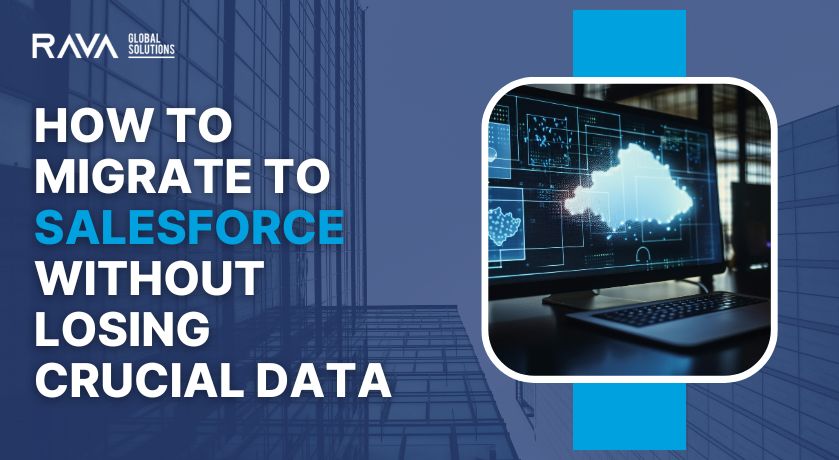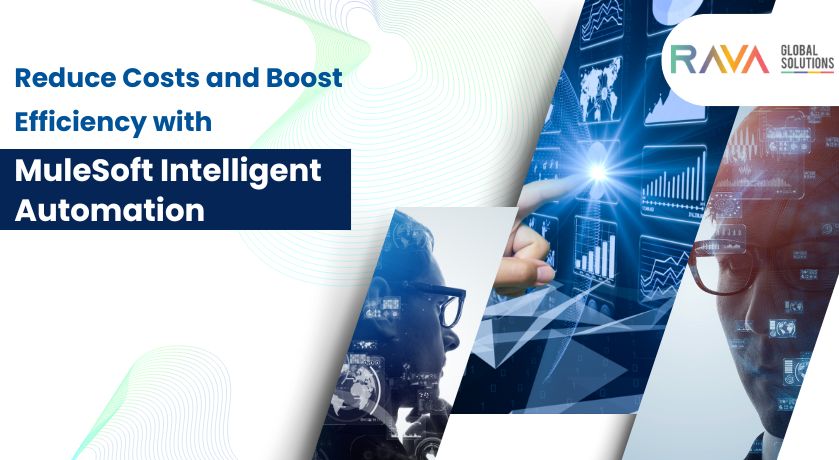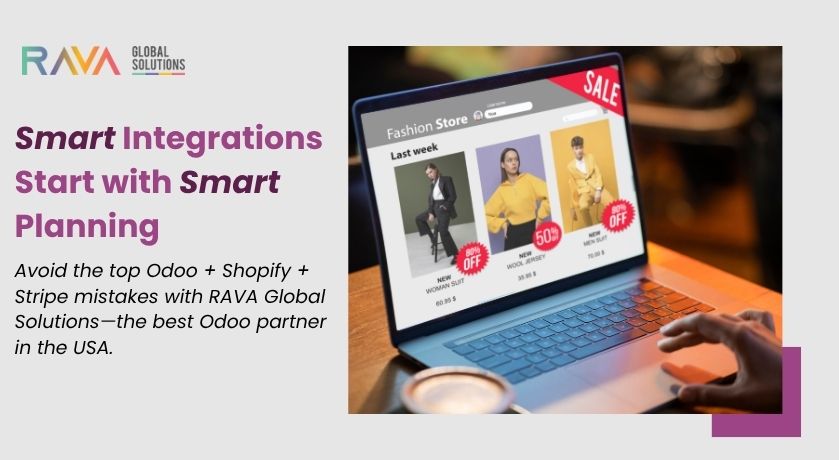Migrating to Salesforce can be a game-changing move for organizations seeking a unified, scalable platform to streamline operations, improve customer experiences, and boost productivity. But when it comes to data migration, the stakes are high. Poorly executed migrations can result in data loss, inaccuracies, system disruptions, or worse—loss of trust from your customers and stakeholders.
So, how can your business transition to Salesforce without compromising critical data? As a Top Salesforce Partner in the USA, RAVA Global Solutions brings years of experience in managing seamless CRM migrations. Here’s our step-by-step approach to safeguard your data during a Salesforce migration.
1. Understand What You’re Migrating
Before you even begin the migration process, audit your existing data. Not all data is worth moving—some may be outdated, redundant, or irrelevant to your future operations.
Start by:
- Categorizing your data (e.g., customer profiles, sales records, support tickets).
- Identifying dependencies or linked records.
- Flagging sensitive or compliance-related information.
This initial step ensures that you’re only transferring clean, relevant, and valuable data into Salesforce.
2. Create a Data Migration Strategy
A detailed migration strategy is critical for a smooth transition. This plan should outline:
- Data sources and formats
- Migration tools and connectors
- Timeline and phases
- Team responsibilities
- Backup and validation steps
Using native Salesforce tools like Data Loader, Data Import Wizard, or advanced third-party ETL (Extract, Transform, Load) tools such as MuleSoft (also offered by RAVA Global) helps in executing reliable, efficient migrations.
3. Clean and Prepare Data
Data hygiene is non-negotiable.
Before migrating, remove:
- Duplicate records
- Incomplete entries
- Inconsistent formats
Standardize fields (e.g., phone numbers, email formats) and verify integrity. Clean data not only ensures smoother migration but also empowers teams to derive insights more effectively from Salesforce post-migration.
4. Perform a Test Migration
Think of this as your dress rehearsal. A test migration helps you:
- Identify compatibility issues
- Validate data mappings
- Confirm that relationships between records (like accounts and contacts) are preserved
At RAVA Global Solutions, we always recommend running the test in a sandbox environment, where you can identify and address gaps without impacting live operations.
5. Back Everything Up
Before the actual migration, back up all your data from the source system.
While Salesforce is highly reliable, having an external backup ensures that:
- You can restore data if anything goes wrong.
- You maintain compliance with data retention policies.
Always store backups securely and ensure access is limited to authorized personnel.
6. Execute the Migration in Phases
Migrating everything in one go is risky. A phased approach reduces downtime and errors.
For example:
- Start with a small, non-critical dataset.
- Move on to larger or more sensitive data in batches.
- Validate at each phase to ensure data accuracy and system performance.
Our team at RAVA Global leverages this phased strategy to ensure minimal disruption to ongoing operations.
7. Validate and Reconcile
Once the migration is complete, validate:
- Record counts
- Field accuracy
- Relationship integrity
Compare pre-migration and post-migration reports. If discrepancies arise, having backups and a robust migration log helps you track and correct issues quickly.
8. Train and Support Your Team
A successful migration isn’t just technical—it’s organizational.
Equip your team with:
- Training on Salesforce dashboards and tools
- New data entry protocols
- Guidelines on how migrated data is structured
RAVA Global Solutions provides post-migration support and customized training to ensure your team can hit the ground running.

Why Partner with RAVA Global Solutions?
As a Salesforce Consulting Partner in the USA, RAVA Global Solutions specializes in guiding businesses through complex Salesforce migrations with precision, security, and clarity. Our team ensures:
- End-to-end project management
- Platform integration with MuleSoft, Odoo, and other tools
- Tailored strategies for your business model
When done right, migrating to Salesforce is not just a system upgrade—it’s a leap toward smarter, more connected operations.
Final Thoughts
Migrating to Salesforce doesn’t have to be overwhelming. With a clear plan, the right tools, and a trusted partner like RAVA Global Solutions, your business can transition confidently—without losing valuable data or momentum.
Let’s make your move to Salesforce a success.









